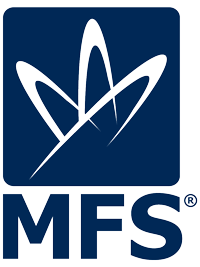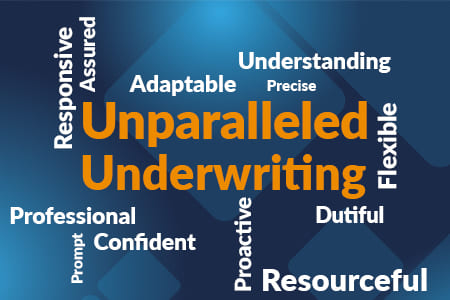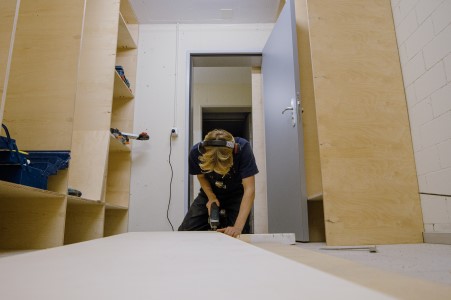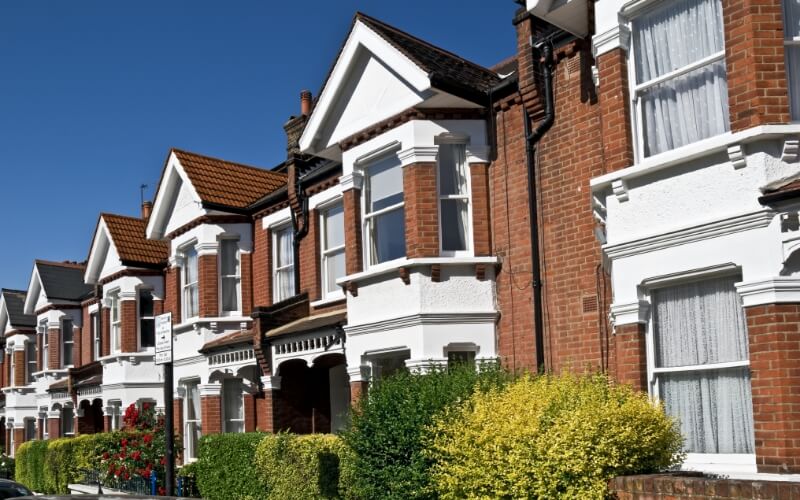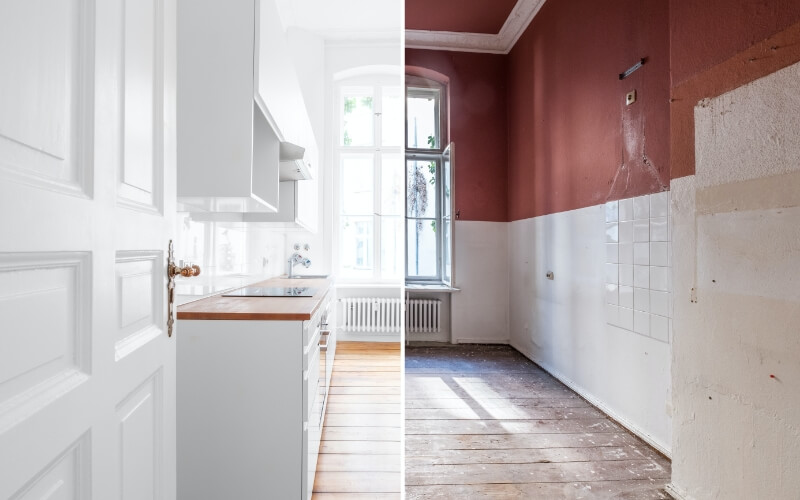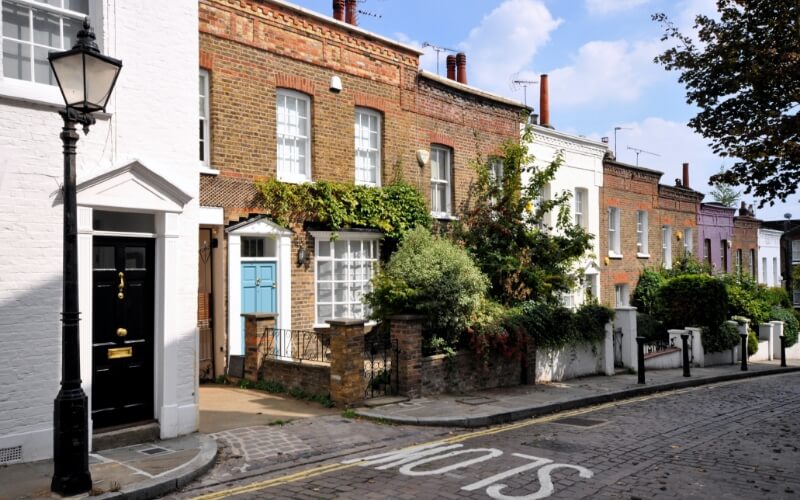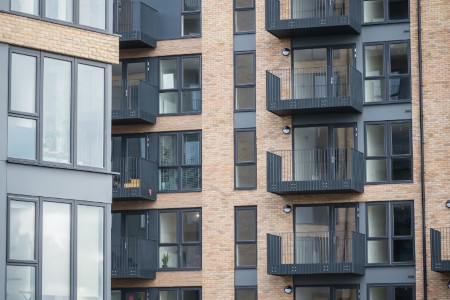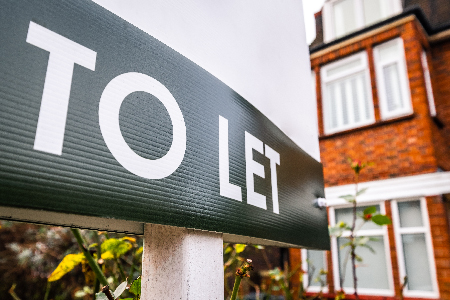If you have costly renovation or conversion plans in the works, our refurbishment bridging loan can help keep your property plans afloat.
Latest Case Studies
Refinancing to change the use of a property
Read case studyTaking a 2nd charge for a renovation project
Read case studyUtilising bridging finance to cover the final stretch of a property purchase
Read case studyUtilising Specialist Finance to Overcome Commercial Conversion Challenges
Read case studyWorking directly with a borrower to finalise a refurbishment for a BTL investment
Read case study“Permitted & light development bridging loans are short term financial solutions for borrowers looking to refurbish, renovate, or convert a property. These loans are typically used by investors who need to improve a property for financial, legislative, or restorative purposes.
The funds can be used to improve a property’s desirability, which could lead to higher rental yields, or profits when the asset is sold.
Unlike other bridging loans, permitted & light development loans are solely used for properties already owned, rather than those yet to be purchased.
Just like all our other products, our permitted & light development bridging loan applications are assessed on a case-by-case basis. How much you can borrow, along with how complicated your case may be, will depend on the work you’re carrying out.
Regardless of your end-goals though, you will have a dedicated underwriter from day 1 to guide you through the process. You will also have the ability to choose how the interest is re-paid, with the ability to service, part service or roll the interest dependent on the circumstances.
Our permitted & light development bridging loans can be used for relatively simple upgrades, such as installing new kitchens, through to more substantial plans, which includes converting office blocks into residential apartments.
The funding can be utilised by investors from a range of backgrounds, including professional landlords in the midst of a long-term investment strategy, or property investors who need capital quickly to flip a new purchase.”
Flexible renovation & refurbishment bridging loan
- Min. loan amount: £100k
- Max. loan amount: £20m, 2nd charge: £5m
- Max. LTV: 75%
- Interest rates: variable rate from 0.40% (+BBR), fixed rate from 0.75%
- Charge type: 1st and 2nd charge
- Term: 3 – 18 months
- Completion time: Funding can be issued in as little as 3 days.
- Exit fee: POA
- Location of property: England, Wales
Refurbishment Bridging Loan for Permitted & Light Development:
What you need to know:
What is a refurbishment bridge?
These bridging loans for refurbishment will allow you to invest in properties in need of renovation or conversion to potentially boost the property’s value. You can also use the funding to improve a property’s desirability, and then rent out or sell the asset on to generate a potential return.
How much can I borrow?
How much you can borrow will depend on the work you’re carrying out. If you’re planning to convert a property, or move forward with heavy refurbishment plans that require planning permission, you’ll need permitted development finance. This funding can stretch to £20,000,000.
Light development loans are typically used for internal refurbishment works. Examples include installing new kitchens, upgrading bathrooms or general redecoration. We can provide up to £20,000,000 for these kinds of projects.
What can I use refurbishment bridging loans for?
You can utilise our bridging loans for renovation and refurbishment wherever improvement work is needed. Regardless of whether the work is being done for financial, legislative, or restoration purposes.
The three types of refurbishment are:
- Converting: A conversion is a project that changes the use or function of a particular building or room. Popular spaces to convert within the home include bedrooms, basements, lofts and garages.
- Refurbishing: Refurbishment has the potential to enrich the overall value and quality of the property. It usually relates to actions such as installing new bathrooms, kitchens, or general redecorating. Redecorating properties is a regular task performed by landlords, particularly those with Houses in Multiple Occupation. This style of property usually requires constant maintenance, as they suffer high volumes of wear and tear from a constant stream of tenants. It falls to the landlord to uphold and maintain the correct conditions for these properties.
- Renovating: Renovation is the process of improving or modernising an old or damaged building. These types of projects are generally popular with auction buyers who are looking to ‘flip’ properties.
You can also use the short-term finance where your properties need to be upgraded to meet new regulations. Such as the oncoming EPC rules to improve the energy-efficiency of a property. It’s also possible to use the funding to repair wear-and-tear damage from renters. And of course, you’ll also be able to upgrade your property. Potentially raising its value and making it more desirable to buyers and tenants.
As we do not supply a development finance for ground up development loans, this means we can only supply a refurbishment bridging loan once planning permission is granted, or if none is necessary.
What types of property can I use this refurbishment bridging loan for?
You can use this funding for a range of property types, spread across residential, commercial, and semi-commercial assets. Furthermore, you’d be eligible for this refurbishment bridging loan, if you purchased your property through an auction and it now needs some upgrading. We also provide Houses in Multiple Occupation (HMO) conversion loans. This allows landlords to potentially increase their monthly yield by converting their current buy-to-let property into a house of multiple occupancy. So long as they’re based in England and Wales, we may be able to help with your refurbishment plans.
If you’re the owner of student accommodation, we could help refurbish the property in time for the next academic year. Or, if you own office space going to waste, we can help you convert it into prime location apartments. We’ll adapt to your plans and support your long-term goals.
Advantages of bridging loans for renovation & refurbishment
Our bridging loan for renovation & refurbishment can provide you with funding in a pinch. If your property is damaged, or needs an upgrade before it can be marketed, our funding can be issued quickly to help you stay profitable.
You could also benefit from our flexibility where unexpected issues emerge. Perhaps you started a house renovation or conversion project, only to discover major plumbing problems that need sorting first. Or maybe the contractors you were planning to use are no longer in business, leaving you with a looming deadline and limited options.
Refurbishment work may become a necessity for many over the coming years. Especially for landlords. EPC legislation is on the way to keep our property stock green, while buy-to-let property investors are facing stricter rules on keeping their properties up to scratch. If you fall behind, fines and even some jail time could be on the horizon.
There may be little leeway in rectifying these issues where they emerge. You may be expected to jump on problems – especially those that are environmental – and fix them asap. Our refurbishment finance could allow you to do this, and even get you ahead of the game.
We understand how likely these problems are in the property world. We’ll take them into account when assessing your claim.
Who is eligible for a refurbishment bridging loan?
So long as you’re aged between 21 and 85, you’ll likely be eligible for our refurbishment bridging loan. You can come to us as an individual property investor, or through a business arrangement. We’re happy to work with self-employed workers, LLPs, SPVs, trusts and more.
We can also work with you if you’re based overseas. We consider applicants from any country, except those that are sanctioned or blacklisted.
How long does it take to arrange this loan?
We can have funding issued in as little as 3 days, so long as everything is accounted for. Typically, we find most of our deals complete in around 2 weeks.
Additional fees
Exit fees are applicable for our refurbishment bridge loan, with the amounts determined at the point of application. There is an arrangement fee of 1% across all our bridging products.
We have no admin fees, while commitment fees are refunded on drawdown. From the start of your claim, you’ll have a dedicated underwriter, who will keep you up to speed on the costs involved.
Difference between this and other loans
Where our other bridging loans may be used for a property purchase, our bridging loan for renovation and refurbishment may primarily be utilised for assets already owned. All claims are assessed on their own merits, which is the same across all of our products.
What information do you need to process this loan?
We’ll need information on what kind of works the refurbishment bridging loan will be used for. We’ll also need to know how far along you are in the process – whether you’re refurbishing, renovating, or converting. As with all our products, your personal information will also be required. Our underwriters will work with you to gather information on your background, finances, and exit strategies.
How can I apply?
You can contact us for your refurbishment bridging loan to get the ball rolling. We can be reached over the phone, through email or via our website. All our details can be found on our contact page.
